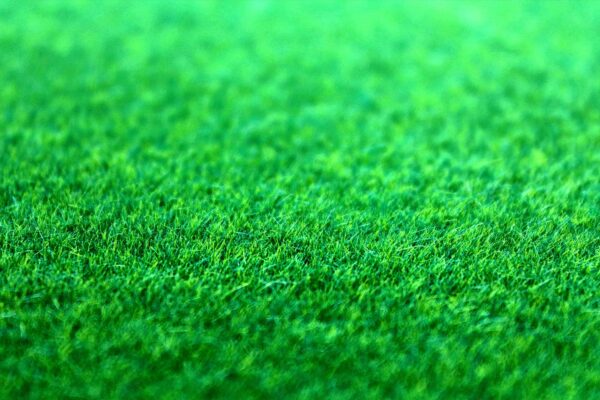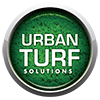History of Artificial Grass
The Evolution and Allure of Artificial Grass: Unveiling the Narrative of Synthetic Landscaping Transformation
Synthetic landscaping has revolutionised the way we perceive outdoor aesthetics, and at the heart of this transformation lies the invention and adoption of artificial grass. The story of artificial grass is a captivating tale of innovation, adaptation, and global recognition. Its inception, growth, and the reasons for its soaring popularity make for a fascinating subject of study.

Artificial grass traces its origin back to the mid-20th century. While the concept of synthetic fibres had been in existence, their use as a substitute for natural grass was a revolutionary idea. The debut of artificial grass, or AstroTurf as it was initially named, took place at the Houston Astrodome in 1966. The Astrodome was a colossal indoor sports stadium, crowned as the “Eighth Wonder of the World” for its architectural splendour.
Maintaining natural grass for sports purposes was fraught with challenges. Grass requires ample sunlight and water to grow and stay healthy, a predicament in indoor stadiums where sunlight is a scarce resource. Constant trampling under athletes’ feet can quickly wear out the grass, making the field uneven and unsuitable for sports.
The AstroTurf was the game-changer that the sports industry needed. This synthetic surface, which mimicked the appearance of natural grass, required negligible sunlight and maintenance, effectively addressing the challenges posed by natural grass. It offered a consistently flat playing surface, improving the athletes’ performance and overall game quality.
The success of artificial grass at the Astrodome paved the way for its widespread adoption across sports arenas globally. Whether it was American football fields or tennis courts, cricket pitches or golf courses, artificial grass seemed to be the perfect solution for sports grounds. Its uniform surface, resilience, and almost zero upkeep made it an ideal choice for high-performance sports arenas.
The utility of artificial grass wasn’t confined to sports facilities. As awareness of this innovative product grew, it started to make inroads into the residential and commercial landscaping sectors. Homeowners, enticed by the low maintenance requirements and year-round lush appearance, began adopting artificial grass for their lawns and backyards. It eliminated the need for time-consuming tasks such as mowing, watering, fertilising, and reseeding, making lawn upkeep an effortless task.
Businesses realised the appeal of artificial grass for their premises. A well-landscaped exterior can significantly enhance a business’s curb appeal, creating a favourable impression on clients and customers. However, maintaining a natural lawn can be cost-intensive and laborious. Artificial grass emerged as a viable alternative that offered aesthetic appeal without the associated maintenance costs and efforts.
Artificial grass started featuring in public parks, school playgrounds, road medians, and even rooftops and balconies. Its versatile nature, coupled with the benefits of durability and aesthetics, made it a preferred choice for varied applications.
In a span of fewer than six decades, artificial grass has transformed from being a sports arena novelty to a household name. Today, it not only adorns million-dollar sports stadiums but also beautifies modest residential gardens. The artificial grass industry, spurred by technological advancements and increasing consumer acceptance, has shown impressive growth trends.
The history of artificial grass is an ongoing journey of innovation and evolution. From its maiden appearance at a landmark sports arena to its current use across a multitude of settings, artificial grass has been a versatile and resilient contender in the world of landscaping solutions. As we move towards a future where sustainability and convenience are of paramount importance, the relevance and popularity of artificial grass are set to soar higher.
